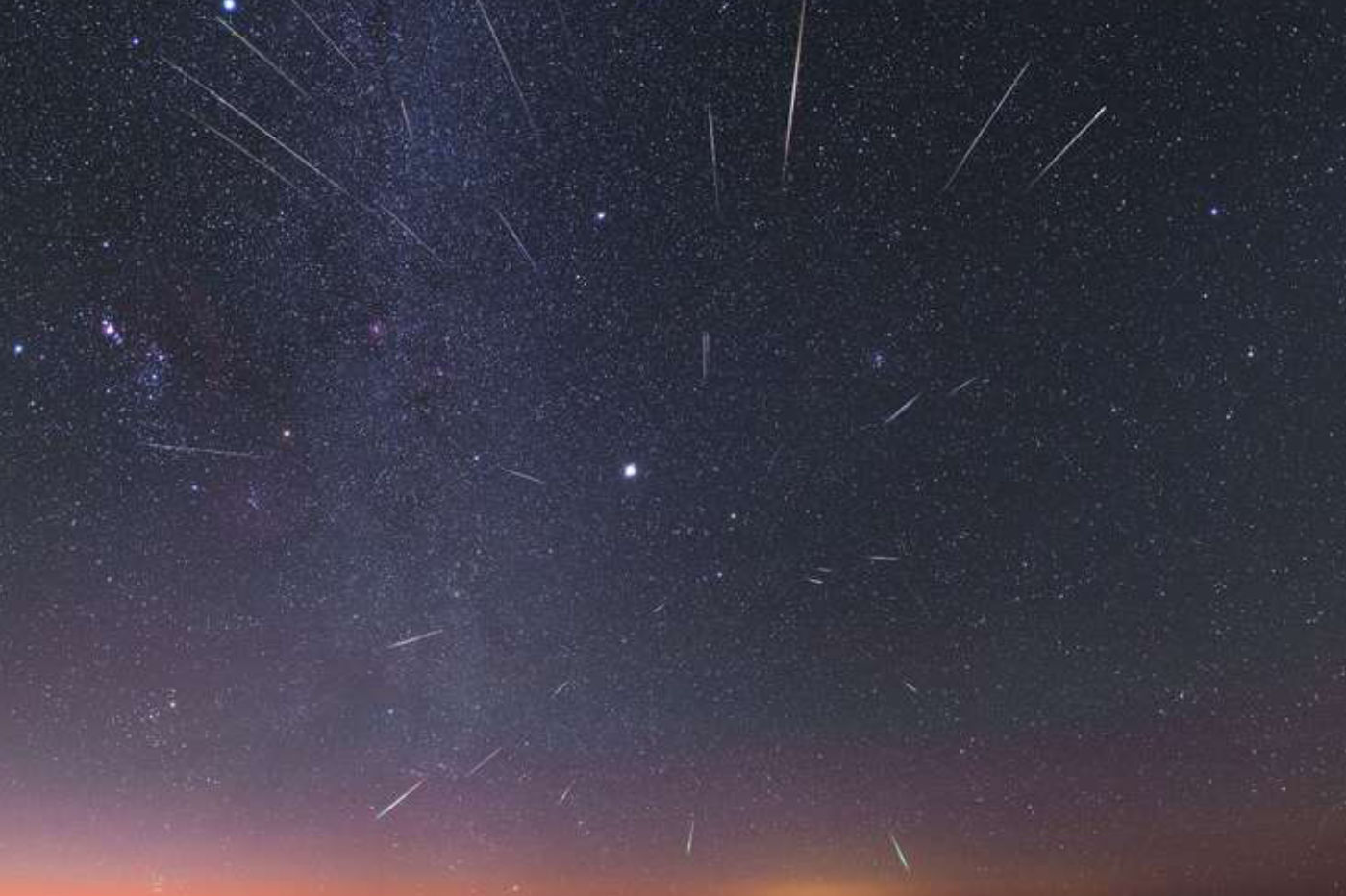
The geminids are to be observed this night in the sky. This rain of shooting stars is one of the most beautiful of the year.
Geminids are the last shooting stars to follow during this rich year 2021. As the nights get colder and the curious about summer have given way to more courageous lovers of astronomy, the sky is not poorer for all that. With longer nights, some amateur or professional astronomers will even tell you that it is better to look up this time of year, especially when the weather permits it as it might be today.
Indeed this evening, no need for binoculars, advanced telescopes, or even astronomical knowledge to enjoy the theater offered by the stars. Shooting stars will roam the sky all night long: these are the geminids. The latter have been passing as close as possible to the Earth for a few days and the cloud of dust will continue to travel through our atmosphere until Christmas Eve.
If the shooting stars are best known for their summer passages, especially with the Perseids, the geminids are surely the best swarm to follow during a year, he who is one of the richest. It is indeed possible to see shooting stars every minute in the sky, while the popular Perseids instead show a ratio of one shooting star every three or four minutes during the night.
Where and when to watch?
But not all parts of the sky are so laden with shooting stars. If the Perseids owe their name to the constellation of Perseus from where they seem to take root, with regard to the geminids you guessed it, it is necessary to follow the constellation of Gemini. In order to have the best possible view tonight, it will therefore be necessary to wait for the second part of the night, just before dawn, in order to be able to enjoy the show.
In fact, in the middle of the night, the constellation will gradually rise in the sky, which will make the shooting stars more and more easy to follow. Luckily, the Moon should be fairly inconspicuous tonight, which will allow you to better observe the swarm of shooting stars in action.
If in general the shooting stars are the consequence of the passage of a comet – the shooting stars are comet dust coming to burn in the atmosphere – for the Geminids, things are slightly different. In fact, there is no comet here, but it is an asteroid which also releases dust, which offers us a beautiful spectacle.
Asteroid, comet, meteorite: what are the differences?
Asteroid, comet, meteorite, so many names to speak of a piece of rock that flies through space. If these three names may seem to be mere synonyms, nuances exist between the three. In fact, meteorites are celestial objects that enter our atmosphere. It is thus impossible to find the traces of an asteroid crater which would have been right of the dinosaurs, because it is about a meteorite, the latter having crossed the atmosphere.
Finally, asteroids are different from comets in that they simply do not come from the same place, and are not made of the same material. Comets are often defined as “stellar snowballs” while asteroids are assimilated rocks, much like microplanets. Asteroids come mainly from the great belt between Mars and Jupiter while comets come from the edges of the solar system. Much more distant and cold places that allow the elements to freeze together.



